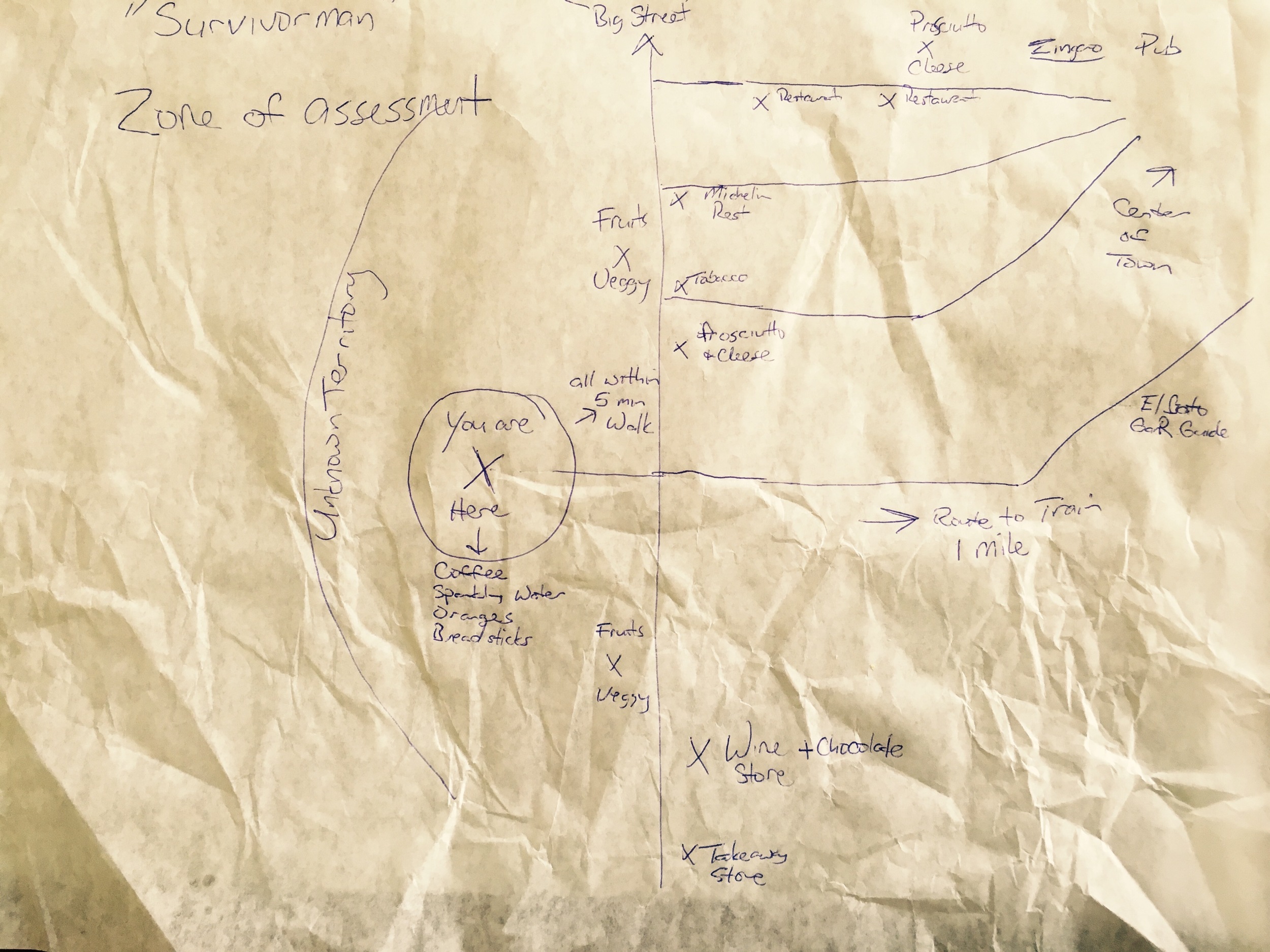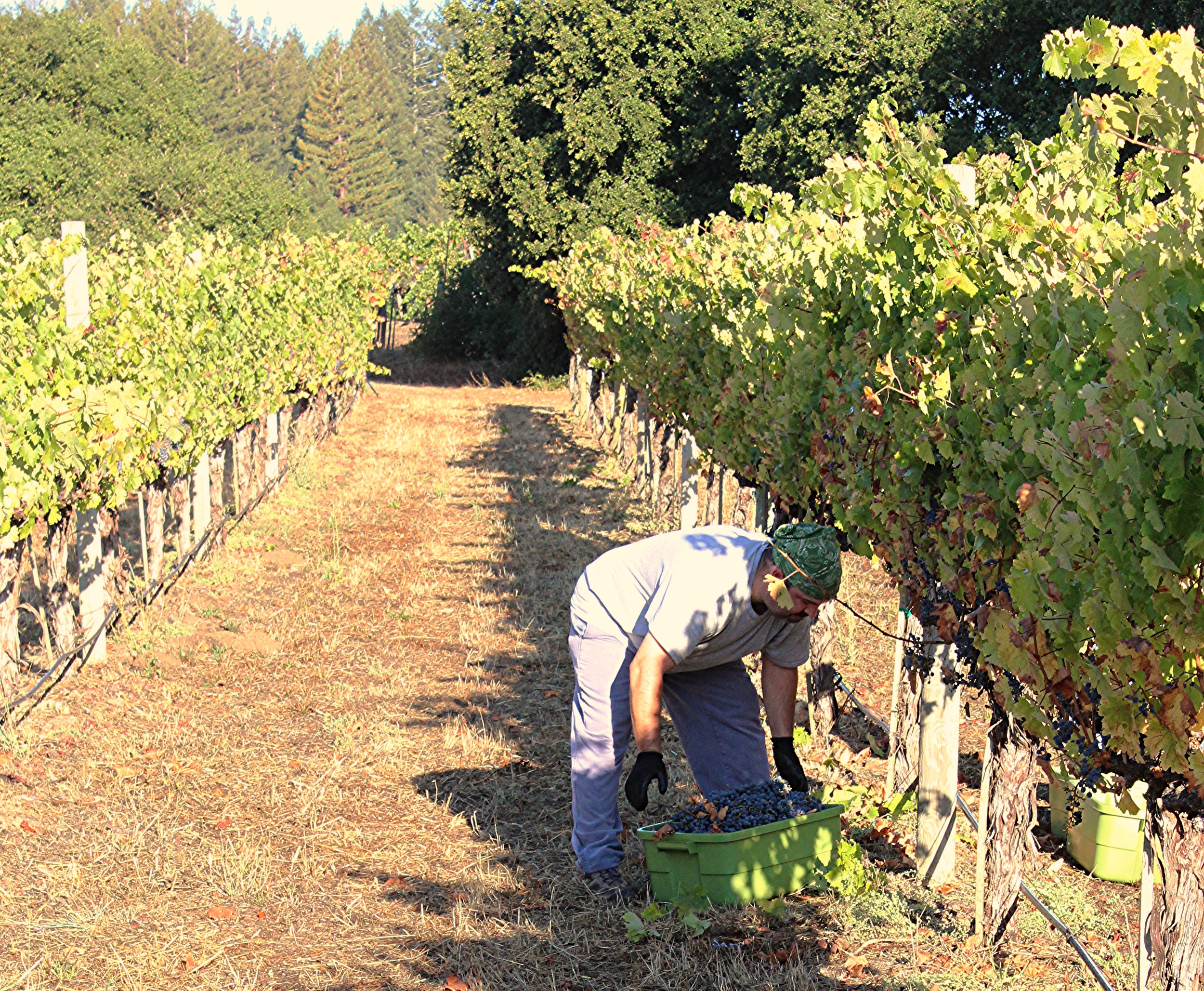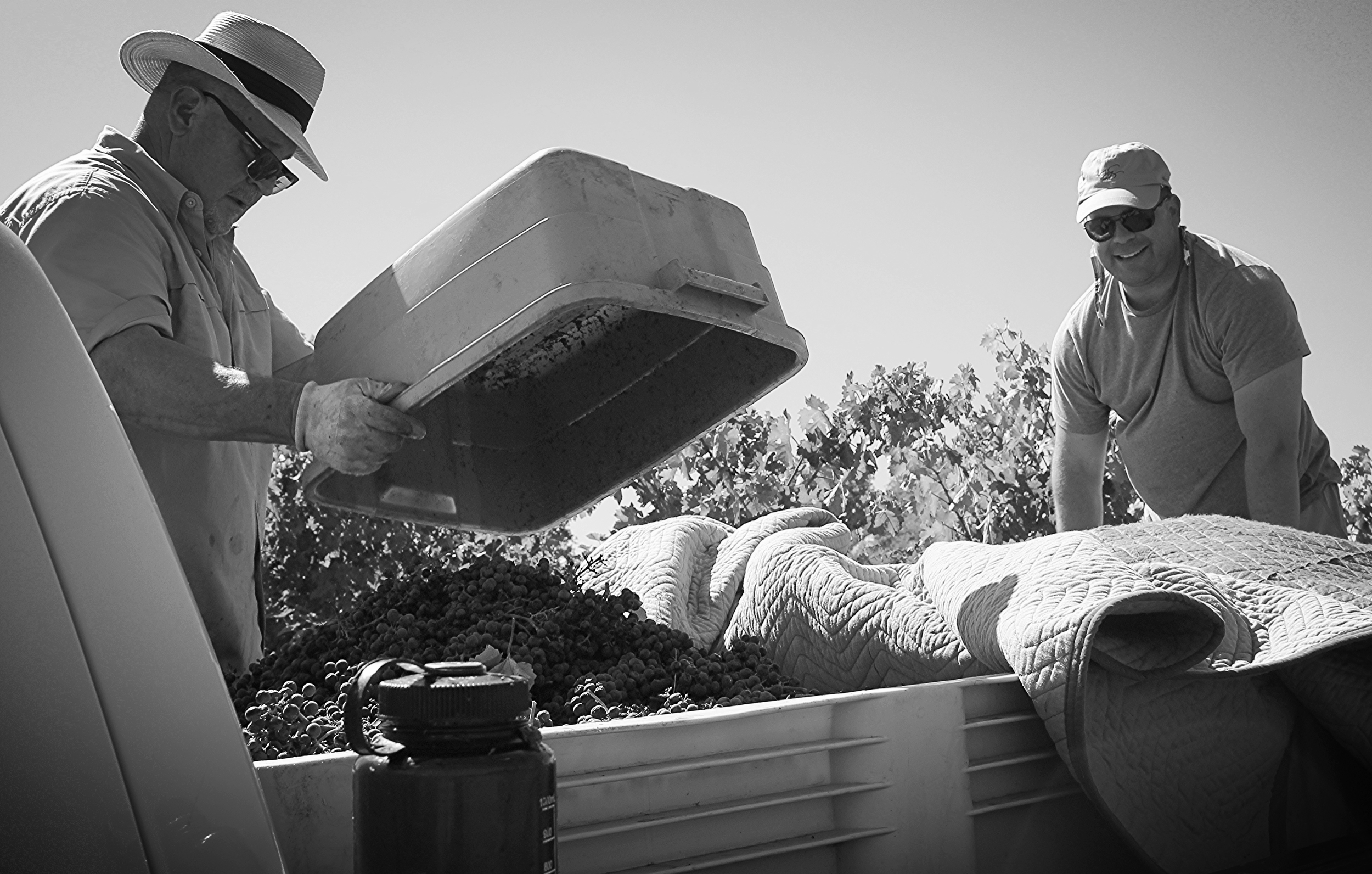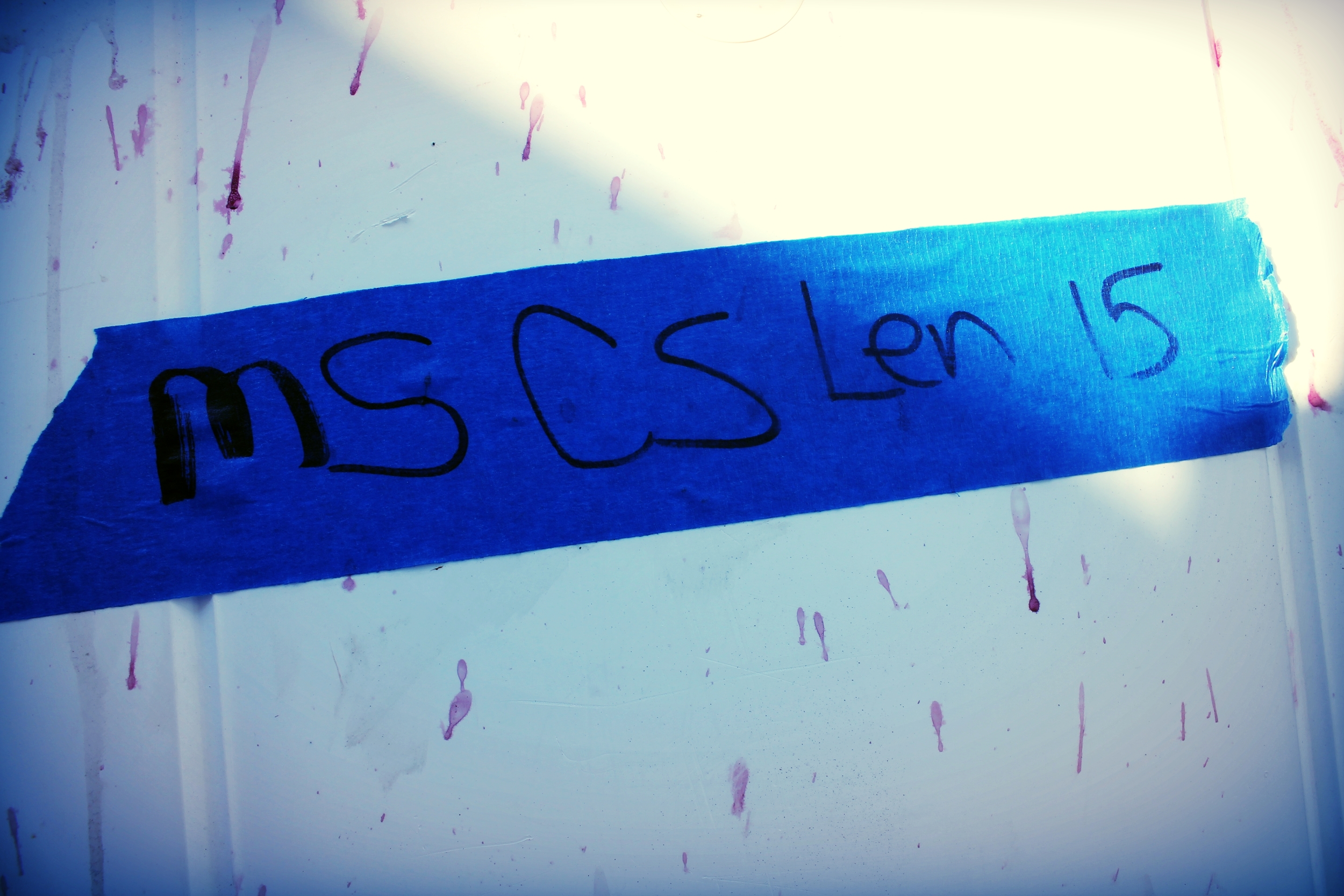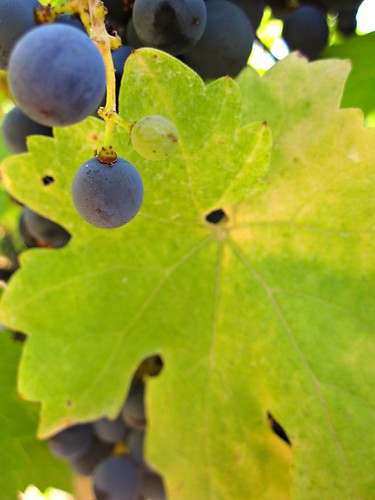“Just when I thought I was out…they pull me back in.” Michael Corleone, Godfather III
“Choice. The problem is choice.” Neo in the Matrix
“But Master Yoda says I should be mindful of the future.” Obi-Wan
“But not at the expense of the moment.” Qui-Gon Jinn
Opening night at Eat Retreat was exploratory. It started off wonderfully enough, open fire grilled lamb, copious amounts of red wine, and good conversation; three things that make me happy.
My mood began to change after the introductory campfire and the brief circle of personal stories. I had flashbacks of grammar school, high school, college, and financial industry conferences. Equal parts summer camp, high school football after-party, frat party, and conference hotel bar all combining together among a crowd of 20 somethings all the way through 40 somethings (although there may have been a quinquagenarian or two in the group)

To be perfectly honest, part of me didn’t know where to fit in. I certainly drink. Heaven knows I’m a big eater and love food. I’m reasonably social. I’m happy to drink grappa, amaro, or some local firewater late in to the evening. I don’t shoot the stuff down like I used to, but rather sip it these days. I’m even known to enjoy a cigar.
I’ve got plenty in common with other Eat Retreaters, like food. So what was my hesitation late in the evening? I think a large part was nearly 20 years of going to financial conferences and knowing exactly what to do, how to act, what to say and more importantly what NOT to say. Big Brother is always watching. Human Resources is a phone call away. Some Managing Director may begin to question me at 11pm about the firm and its macro position on the European debt crisis, knowing I may have had a little too much wine. And remember, I'd have to be up, shaved, suit on, ready to rock at 7am each morning.
It’s the training. The programming. The discipline.
So when a bottle of unknown Mid-Western hooch with dubious origins and product slogans tailored to head-sock wearing hipsters who chase said product down with PBR at 11pm was presented to the crowd to swig straight out of the bottle, a danger sign went off in my head.

Photo by Mike Lee
The name of the hooch was Malort. The individual responsible for bringing it? Rachel Adams.
“Kick your mouth in the balls” The official slogan of Malort
“Because these pants aren’t going to shit themselves”
“It smells like a tire fire and” something else, but I was laughing so hard I totally didn’t hear the other thing Malort smells like.
“Northern Discomfort”
Rachel, with eyes wide open and ‘all-in’ on every bet that weekend, began passing Malort around. Rachel does not come from the institutional investment world as I have. I watched Rachel shoot her first oyster, eat her first chicken foot, and drink her first Cabernet Franc with absolute enjoyment and excitement I rarely see these days. I’m sure Rachel did plenty of things for the first time at Eat Retreat. Rachel is what makes Eat Retreat a retreat, a chance to get away from it all and live your life, a moment at a time. But my guess is, Rachel lives this way outside of Eat Retreat as well. Enjoying the moment.

Photo by Mike Lee of Rachel Adams
Enjoy the moment, right? Yes, I was. But, I also enjoy sleep, no hangover, and making sure a Mystical Malort Cat didn’t take a shit in my mouth while I slept. Yes, I’m restrained. But I can’t disregard the life I’ve lead for nearly 20 years with high-quality results. The last time I chugged Jack Daniels out of the bottle was in college.
I chose the quotes to start this article with care. Even after Michael Corleone went “legit” in Godfather III, the past had a way of catching up with him, pulling him back into his old life, despite his best efforts to leave it. We all have a choice, we all look to the past and the future, but shouldn’t waste the moment. (I love movies).

My old life is still part of my present life, but in a different way. I’m still the product of training, lifestyle and environment. But these days I’ve given myself choices. I still won’t choose to chug dubious spirits from a bottle that has touched 15 other mouths or stay up till 4am. I no longer choose to stay in hotel rooms 200 days and fly 100,000 miles a year as part of my job either. A lot has changed for me by choice in the last couple years.

In recent years, I have chosen a different path. For instance, enjoying a moment with Rachel Adams to shoot her first oyster and take in her anticipation, excitement, and desire to shoot her second oyster immediately after her first, is something worth being a part of. Sorry Rachel, chugging Malort is not my thing anymore. Downing oysters, anytime. Other 'moments' included
When conducting the wine tasting, having Mike Lee and I simultaneously say “petroleum” while sampling a Finger Lakes Riesling, is a moment I’m looking for.
When Chef Samantha shouts, “how we doin’ Chef?” to ME on our Sunday Brunch crew, is a moment I was caught up in.
Chatting with Chris on Sunday about life in our late 30's and early 40's, versus our 20's. Wait till we're 60 my friend.
Creeping out Stephen at 6am Saturday morning while he slept on the couch in the Grand Room. Never thought someone would be up that early, eh Stephen? By the way, anyone with a handle like @_terroirism_ on twitter, you've gotta get to know. Also, thanks for keeping me caffeinated that weekend.
Taking my first look at Mirit’s Sunday Brunch presentation and thinking, “Damn, that’s good!”
There were several moments at Eat Retreat that I will enjoy for a long time to come. I'm still processing all the stuff that went on; the conversations, the food, the moments in time that I've been able to write about.
It's experiences like Eat Retreat that I'm chosing to find these days, rather than simply experience. Maybe I should end it with one more quote that I can relate to..."Unlearn, what you have learned." Master Yoda.











